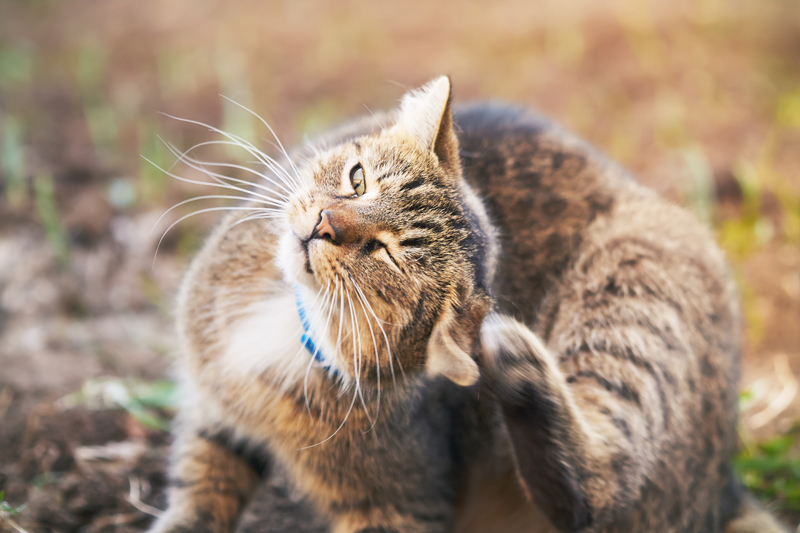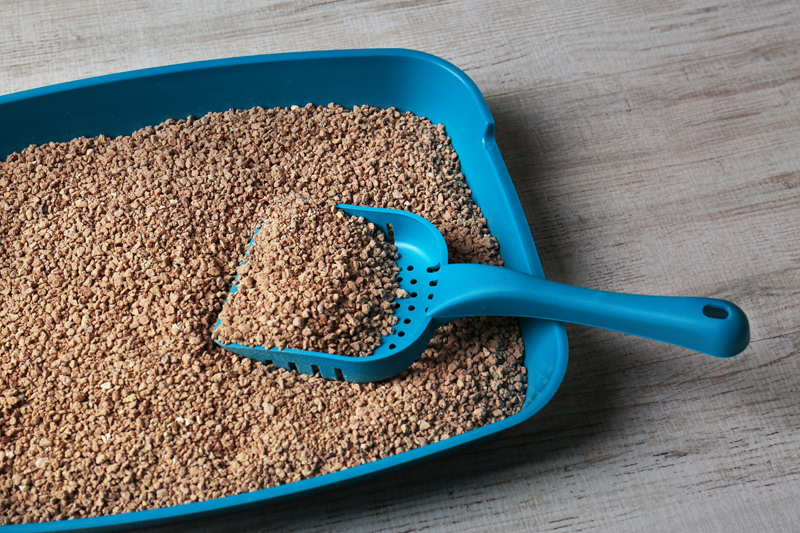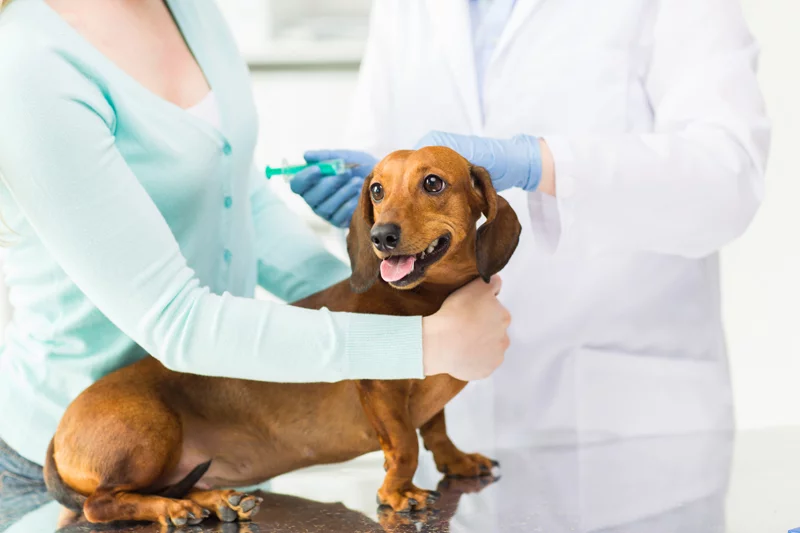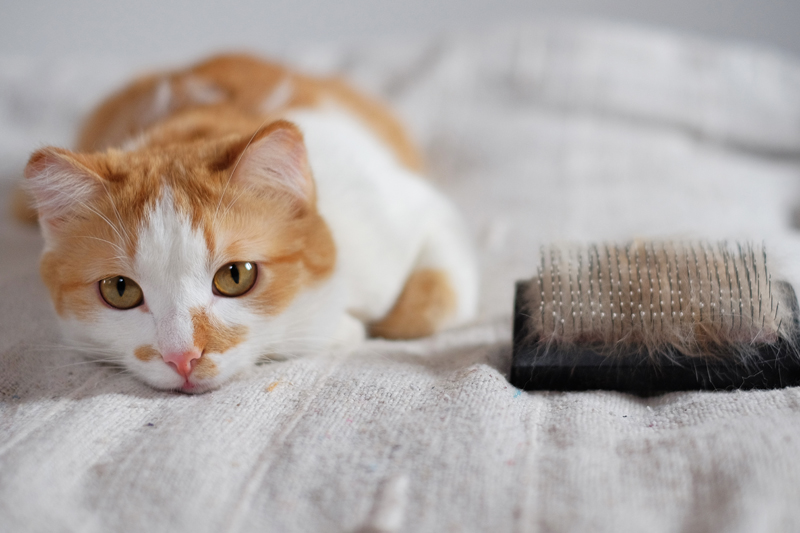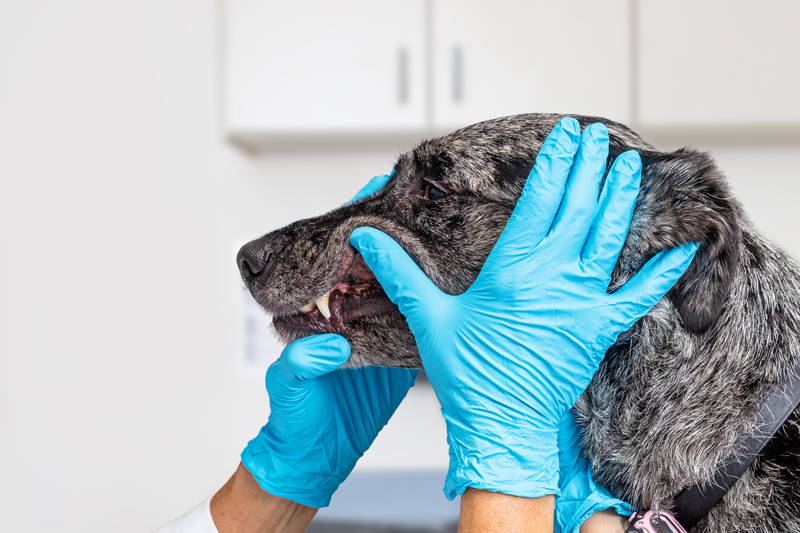Posts Tagged ‘veterinarian’
The Importance of Spaying/Neutering Your Pet
For some dogs and cats, the importance of spaying or neutering your pet can be the difference between life and death. Spaying or neutering is a simple, low-cost procedure that can reduce animal abandonment rates, improve the health and longevity of your pet, decrease the overall cost of care, and prevent the deaths of millions…
Read MoreCrate Training 101
Crate training takes advantage of your dog’s natural instincts as a den animal. A wild dog’s den is their home—a place to sleep, hide from danger and raise a family. The crate becomes your dog’s den, where they can find comfort and solitude while you know they’re safe and secure (and not shredding your house…
Read MorePet Insurance
Thanks to developments in veterinary care and quality nutritional products, pets are enjoying a longer lifespan. The cost of owning a pet has also increased: food, toys, accessories, and veterinary care add up. A pet insurance policy can help you plan for your pet’s healthcare—and offset costs for routine care, unexpected injuries and illnesses. Why…
Read MoreEar Mites in Cats
Is your cat itching his or her ears all the time? Do you see excess black debris in the ears? If you do, this may be a sign of ear mites. Ear mite infection is one of the most common infections to afflict cats. They are also very contagious, so quick diagnosis and treatment is…
Read MoreLitter Box Etiquette
Cats can be finicky about their bathroom habits, so unless you want to be dealing with a regular mess at home, keeping your cat’s litter box up to their standards is very important. Why is my cat not using his or her box? Make sure it’s not medical. There are a number of medical issues…
Read MoreHeartworm Disease and Prevention
What are heartworms? The heartworm (or Dirofilaria immitis) is a variation of roundworm, transferred by mosquitoes and one of the more dangerous parasites found in pets. Heartworms can reach up to a foot in length and can affect dogs, cats, ferrets, and wildlife, such as coyotes, wolves, foxes, mountain lions, bobcats, etc. These parasites are…
Read MoreAnal Glands and Recognizing Problems
What Are Anal Glands? Anal glands, or anal sacs as they are sometimes called, are small paired pouches located between the internal and external anal sphincter muscles, one on each side of the anus at roughly the 4 and 8 o’clock position. Wild animals can express/empty their anal glands voluntarily to scent mark territory or…
Read MoreFeline Hairballs
Cats are consummate groomers that work hard to keep their coats shiny and immaculate. While cleaning themselves with their tongues, felines ingest fur that has been shed. This fur cannot be broken down or digested and if it doesn’t pass through a cat’s digestive tract, it can form into hairballs. Most cat owners have dealt…
Read MoreIntestinal Parasites in Dogs and Cats
Dogs and cats can fall victim to many different types of parasites. Because many of these parasites live in their intestines, veterinarians will take stool samples during your pet’s annual wellness exam to check for signs of intestinal parasites. Intestinal parasites are not uncommon, especially in young animals, which is why wellness exams are so…
Read MoreFebruary is Dental Health Month: What is a Dental Prophylaxis?
What Is a Dental Prophylaxis? During a dental prophylaxis (sometimes called a prophy or a dental cleaning), plaque and tartar are removed from a pet’s teeth, and the health of the entire mouth (tongue, gums, lips, and teeth) is assessed. A dental cleaning may include the following: Removal of visible plaque and tartar from the…
Read More



